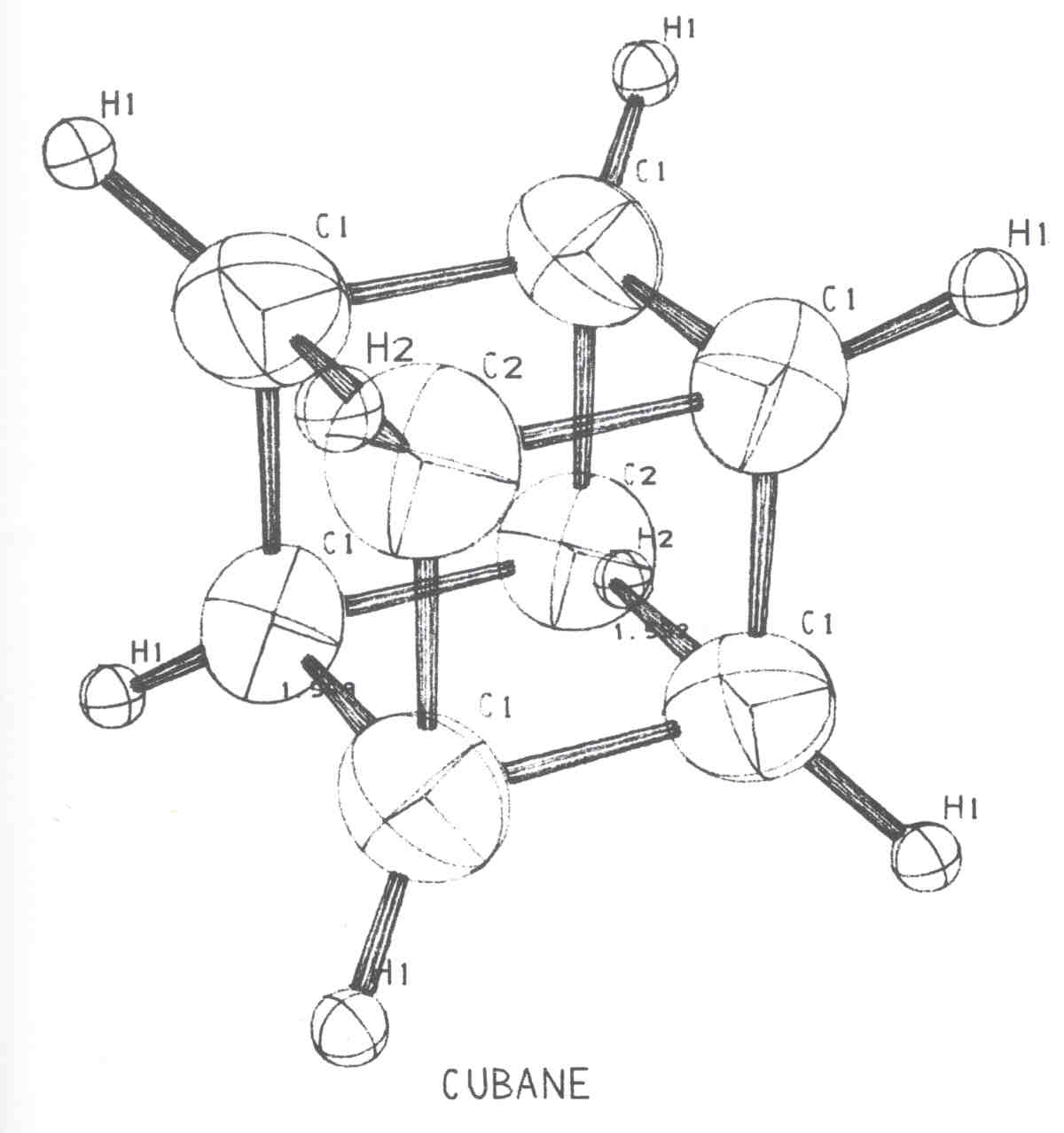

CRYSTALLOGRAPHERS' problems are sufficiently complex for them to be significant users of large machines such as Atlas. The three main facets of crystallographic work for which a computer is necessary are:
Of these, structure refinement is the most demanding in terms of store and computing time. For this reason, the Atlas Computer Laboratory cooperated with requests from crystallographers to obtain programs concerned essentially with structure refinement which had already been written and tested elsewhere.
A group of programs has been obtained from Oak Ridge, Tennessee, and two of these deserve special mention. One is a full matrix least-squares program which will refine many parameters (such as atomic coordinates) of a fairly large crystal structure. The refinement is done in cycles and for a large problem a computing time of twenty-five minutes per cycle is not uncommon. The second program, used on completion of the refinement, produces illustrations of the structure under consideration. If the user so desires, a stereoscopic pair of drawings can be obtained which helps in the visualisation of complex packing arrangements. The illustrations are made, off-line, with the Benson-Lehner graph plotter. An example of the output is given in Figure 1.

The Laboratory has also acquired a copy of an American system of crystallographic programs known as X-Ray 63. This system aims to provide the crystallographer with all the basic calculations necessary for structure analysis giving maximum possible control over the calculation but with minimum data preparation. The programs are mainly written in Fortran, although significant amount of machine language is present. Work is almost complete on their conversion for use on Atlas and already a subset is available to British crystallographers.
In addition, it has been possible to provide a clearing-house for programs which various universities have found particularly suited to their own problems. These programs have been written to magnetic tape and a simple method of retrieval devised. In this way commonly used programs have become generally available and also input bulk is reduced.
At the present time, therefore, the Laboratory is able to offer the non-programming crystallographer a reasonably comprehensive set of calculations together with a fast, powerful and flexible computing service.